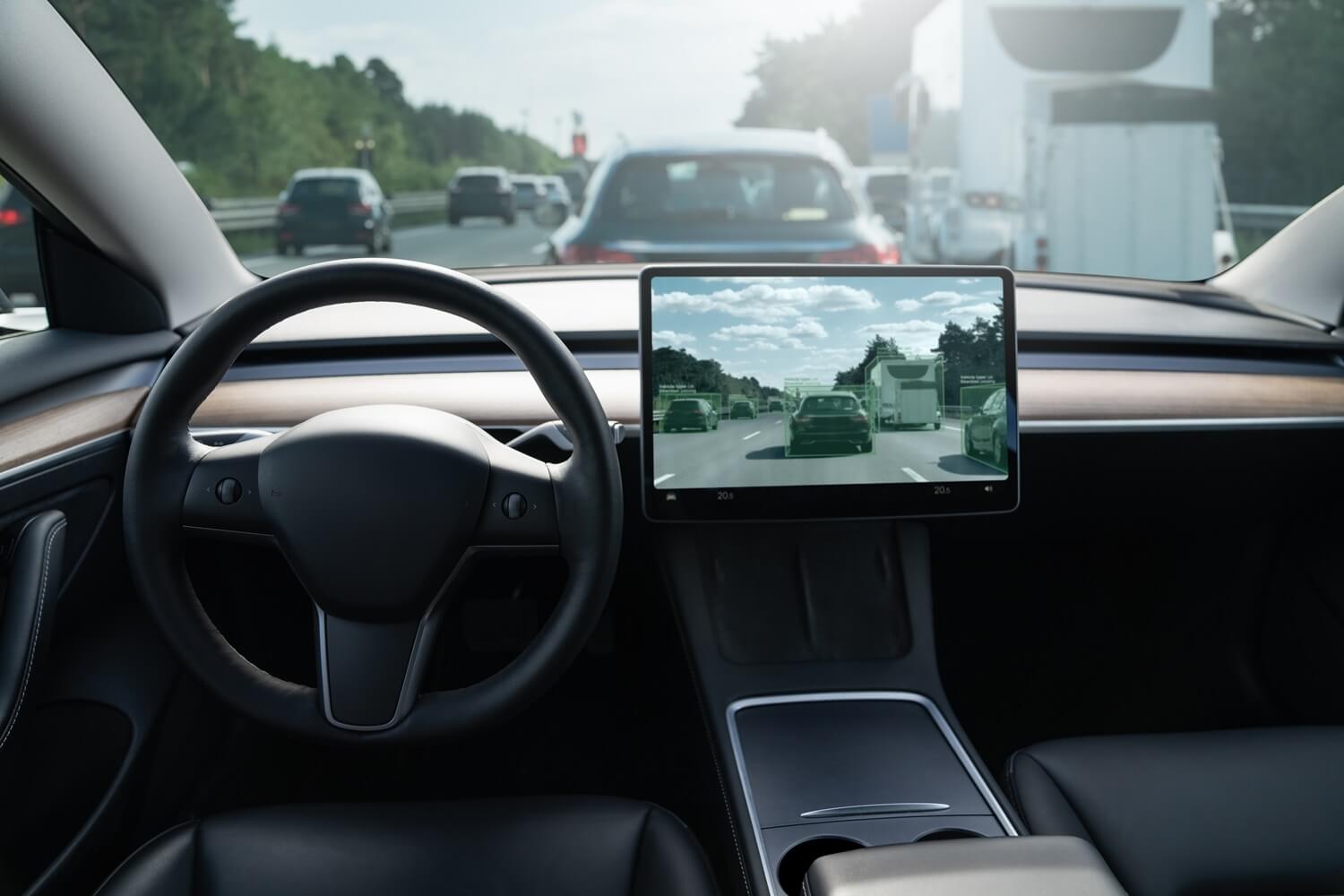Autonomous vehicles (AVs) have transitioned from science fiction to tangible reality, heralding a new era in transportation. With advancements in artificial intelligence, machine learning, and sensor technologies, AVs promise to revolutionise the way we travel, offering potential benefits in safety, efficiency, and accessibility. This article delves into the intricacies of autonomous vehicles, exploring their development, technological foundations, societal impacts, and future prospects.
The Evolution of Autonomous Vehicles:
The journey towards autonomous vehicles began decades ago, with early prototypes emerging in the mid-20th century. However, significant progress has been made in the last two decades, driven by advancements in technology and substantial investments from automotive and tech companies.
The first notable milestone was the DARPA Grand Challenge in the early 2000s, which spurred innovation by challenging teams to create fully autonomous vehicles capable of navigating complex terrains. This competition highlighted the potential and challenges of AV technology.
Today, companies like Waymo, Tesla, and Cruise are at the forefront of AV development, conducting extensive testing and deploying semi-autonomous vehicles in real-world conditions. While fully autonomous vehicles (Level 5) are not yet commonplace, significant strides have been made in achieving higher levels of autonomy (Levels 3 and 4).
Technological Foundations:
Autonomous vehicles rely on a combination of technologies to navigate and make decisions in real time. Key components include:
- Sensors and Cameras: Lidar, radar, and cameras provide a 360-degree view of the vehicle’s surroundings, detecting objects, pedestrians, and other vehicles.
- Machine Learning and AI: Algorithms process vast amounts of data from sensors, enabling the vehicle to recognize patterns, predict behaviours, and make driving decisions.
- Mapping and Localisation: High-definition maps and GPS technology help AVs understand their location and plan routes accurately.
- Connectivity: Vehicle-to-Everything (V2X) communication allows AVs to interact with infrastructure, other vehicles, and pedestrians, enhancing situational awareness and safety.
Safety and Regulatory Challenges:
Safety is paramount in the development and deployment of autonomous vehicles. While AVs have the potential to reduce accidents caused by human error, they also introduce new challenges.
Rigorous testing in diverse conditions is essential to ensure the reliability and safety of AVs. Companies conduct millions of miles of testing in simulations and real-world scenarios to refine their systems.
Governments and regulatory bodies are working to create frameworks that balance innovation with safety. This includes establishing standards for AV performance, data privacy, and cybersecurity.
Gaining public trust is crucial for widespread adoption. Transparency in testing, clear communication about capabilities, and addressing ethical concerns are necessary to build confidence in AV technology.
Societal Impacts:
The widespread adoption of autonomous vehicles has the potential to transform various aspects of society, from urban planning to employment.
AVs could alleviate traffic congestion, reduce the need for parking spaces, and promote shared mobility services, leading to more efficient use of urban spaces. Autonomous vehicles could also provide mobility solutions for individuals who are unable to drive, such as the elderly and disabled, enhancing their independence and quality of life.
The rise of AVs may disrupt certain job sectors, particularly those related to driving and transportation. However, it could also create new opportunities in tech, maintenance, and infrastructure development.
Ethical and Legal Considerations:
The deployment of autonomous vehicles raises several ethical and legal questions that must be addressed.
- Decision-Making: AVs must be programmed to make complex ethical decisions in situations where harm is unavoidable. This raises questions about how these decisions are made and who is responsible for them.
- Liability: Determining liability in the event of an accident involving an AV is complex. Clear legal frameworks are needed to address issues of responsibility between manufacturers, software developers, and users.
- Privacy: AVs collect and process vast amounts of data, raising concerns about privacy and data security. Ensuring that this data is protected and used responsibly is essential.
Future Prospects:
The future of autonomous vehicles is promising, with ongoing advancements and growing investments in the field.
AVs will likely become integral to the development of smart cities, interacting with intelligent infrastructure to optimise traffic flow and reduce emissions. Continued progress in AI and machine learning will also enhance the capabilities of AVs, making them safer and more efficient.
While AV adoption will vary by region, advancements in technology and supportive regulatory environments will drive global expansion, transforming transportation systems worldwide.
Navigating the world of autonomous vehicles is both exciting and challenging. As technology continues to evolve, AVs hold the promise of transforming transportation, making it safer, more efficient, and accessible. However, realising this potential requires addressing technical, regulatory, ethical, and societal challenges.
By fostering collaboration between stakeholders and maintaining a focus on safety and public trust, the journey towards widespread autonomous vehicle adoption can lead to a brighter and more innovative future for all.





